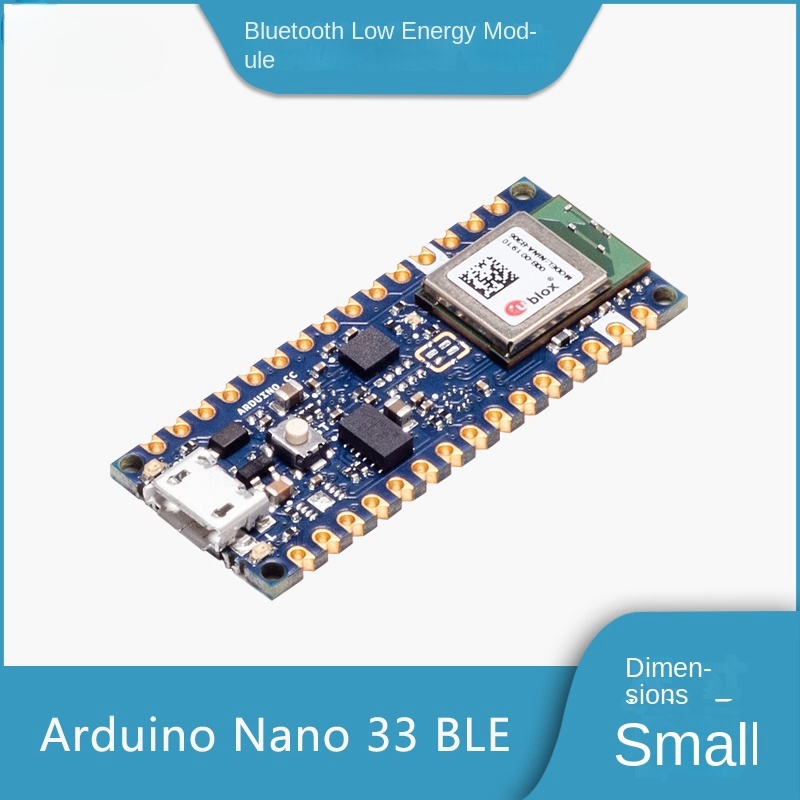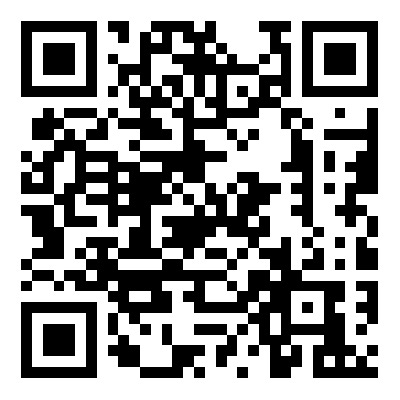Exploring the Arduino Nano 33 BLE: A Game-Changer for IoT Projects
2024-12-12
The Arduino Nano 33 BLE (ABX00030) is revolutionizing how developers approach Internet of Things (IoT) projects. Compact yet powerful, this board combines advanced Bluetooth capabilities with seamless integration into the Arduino ecosystem. Let’s dive into what makes the Arduino Nano 33 BLE a must-have for hobbyists and professionals alike.
What Is the Arduino Nano 33 BLE?
The Arduino Nano 33 BLE is a development board designed to bring Bluetooth Low Energy (BLE) connectivity to IoT projects. Measuring just 45x18 mm, it’s perfect for applications requiring a small footprint without compromising performance. The board is powered by the nRF52840 microcontroller, which boasts a 32-bit ARM® Cortex®-M4 CPU.
Key Features of the Arduino Nano 33 BLE
1. Bluetooth Low Energy (BLE) 5.0:
- Enables reliable, low-power wireless communication, ideal for IoT devices and wearable tech.
2. Onboard Sensors:
- Equipped with a 9-axis IMU (Inertial Measurement Unit), the board can measure acceleration, gyroscope, and magnetic fields, opening up possibilities for motion-tracking projects.
3. Power Efficiency:
- The nRF52840 microcontroller’s low-power architecture ensures extended battery life for portable projects.
4. Arduino Ecosystem:
- Fully compatible with the Arduino IDE and a vast library of resources, making coding and prototyping easier than ever.
5. Compact Design:
- Despite its small size, the board features 14 digital pins, 8 analog pins, and a USB-C connector for easy programming and power.
Applications of the Arduino Nano 33 BLE
- Wearable Technology:
- Fitness trackers, health monitors, and other portable devices.
- Home Automation:
- Smart locks, thermostats, and lighting systems.
- Robotics:
- Gesture recognition and motion tracking for advanced robotics projects.
- Environmental Monitoring:
- Air quality sensors and weather stations.
Why Choose the Arduino Nano 33 BLE?
With its robust feature set, the Arduino Nano 33 BLE simplifies IoT development. Its BLE 5.0 capability ensures fast and efficient data transmission, while the onboard IMU sensor broadens the range of possible applications. Plus, its compatibility with Arduino’s user-friendly tools makes it accessible for developers of all skill levels.



